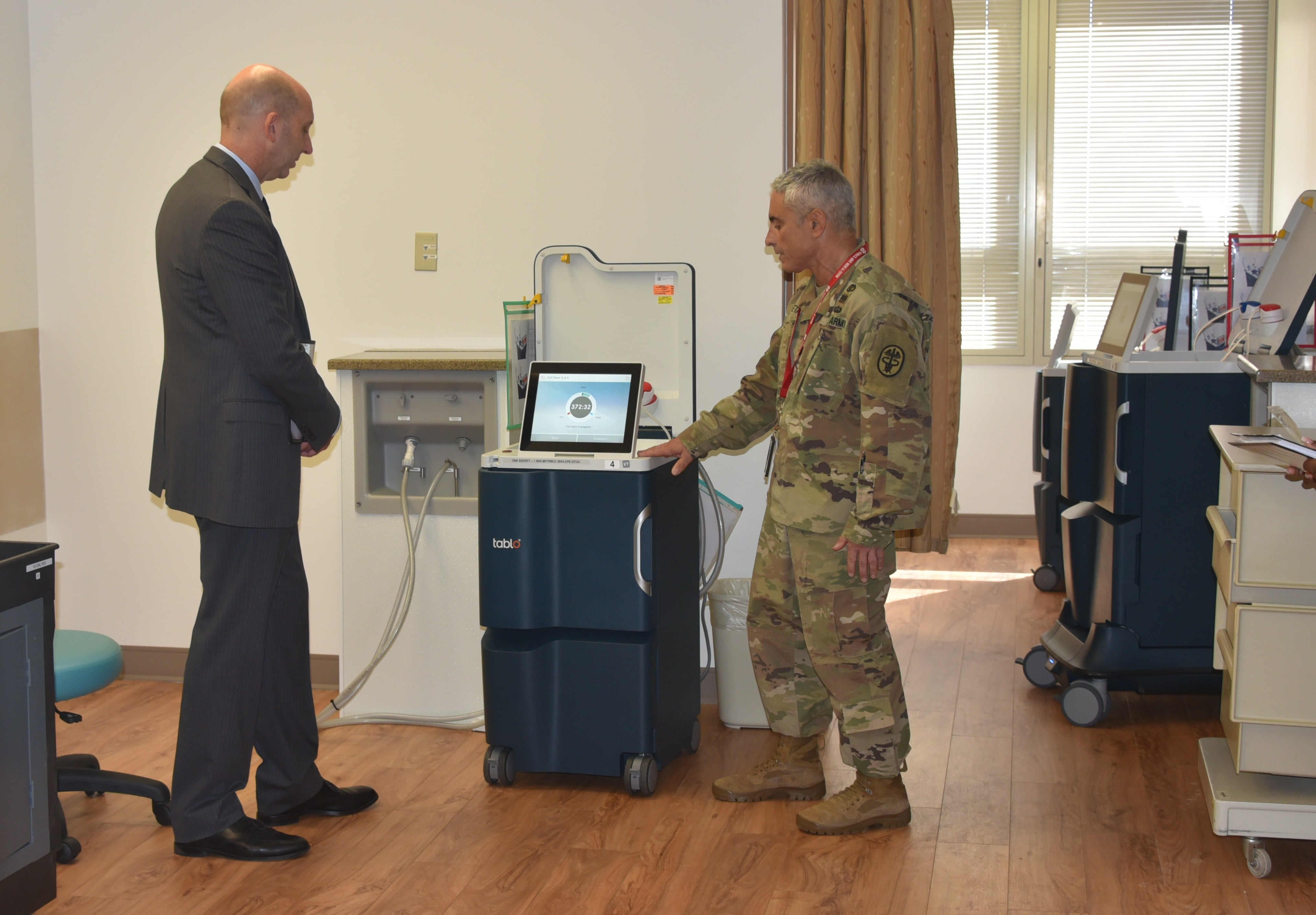Sexually transmitted diseases are on the rise in the military and have become especially problematic among lower ranks, according to research from Armed Forces Health Surveillance officials.
The findings present a potentially significant health problem for the force, which had seen stable or decreasing rates in previous years. Investigators said at least part of the problem with the rise might be attributed to the lack of consistent practices to deal with the issue across the services.
“Establishing screening, testing, treatment and reporting standards across the services and ensuring adherence would likely improve efforts to detect, characterize and counter STI-related health threats to military service members,” the report stated.
The findings, first reported by Stars and Stripes, show that the number of cases of chlamydia and gonorrhea increased between 2014 and 2016, more sharply among women than men. More than 208,000 individuals contracted one of the two infections in the 10-year period ending in 2016.
Women were more likely to contract those diseases than men, and service members under the age of 24 were more than twice as likely to be affected than older troops. More than two-thirds of cases involving chlamydia and gonorrhea tracked by researchers were from junior enlisted and officers.
Rates of syphilis among military men also rose sharply over the same span. Genital herpes cases and human papillomavirus infections remained relatively steady.
The findings also mirror national trends. Earlier this year, officials from the Centers for Disease Control and Prevention reported their highest number of cases ever involving sexually transmitted diseases.
The military researchers said they are hopeful that earlier detection and treatment of the infections “would likely, over time, contribute to a decline in incidence rates of these diagnoses.”
But they also warned that since their research focused only on cases reported to military medical authorities, and do not include cases reported to outside physicians, actual infection rates in the ranks could be even higher.
Leo covers Congress, Veterans Affairs and the White House for Military Times. He has covered Washington, D.C. since 2004, focusing on military personnel and veterans policies. His work has earned numerous honors, including a 2009 Polk award, a 2010 National Headliner Award, the IAVA Leadership in Journalism award and the VFW News Media award.





